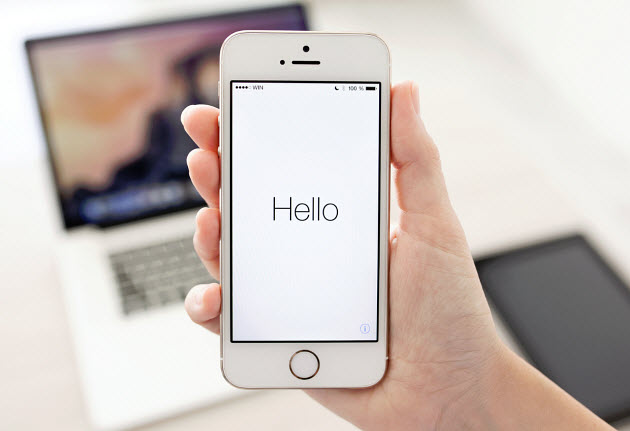Mobile adoption is driving the growth of the e-commerce market
E-commerce is growing more important to the global market, with the growth of the e-commerce market being driven by the rapid adoption of smartphones and other mobile devices. A new report from OtherLevels, a mobile marketing software developer, has found that marketing in the mobile space is beginning to play a larger role in expanding the e-commerce market. Mobile commerce, in particular, could see significant gains through better marketing techniques.
Report shows that mobile ad spending is on the rise
The report contains data analyzed by Digi-Capital and shows that mobile commerce is expected to become the primary source of mobile revenue for retailers and other businesses by 2017. Consumers applications are expected to generate some $74 billion by 2017, and advertisers are beginning to see these apps as a promising opportunity to engage consumers. The report shows that mobile ad spending will reach $42 billion by 2017. Mobile ads are becoming a very effective way to engage consumers, especially those that would be willing to use their mobile devices to shop for and purchase products online.
Consumers respond better to more engagement
 In order for advertisers to effectively engage consumers, they will need to become more adept at timing their campaigns so that they reach those that are in the mood to shop with their mobile devices. OtherLevels examined five test groups, representing certain demographics of mobile shoppers, and found that inconsistent marketing campaigns can inspire disinterest in consumers. The report found that a steady flow of messages from marketers led consumers to use their apps more often and shop at greater frequency. Poorly times messages, however, had the opposite effect.
In order for advertisers to effectively engage consumers, they will need to become more adept at timing their campaigns so that they reach those that are in the mood to shop with their mobile devices. OtherLevels examined five test groups, representing certain demographics of mobile shoppers, and found that inconsistent marketing campaigns can inspire disinterest in consumers. The report found that a steady flow of messages from marketers led consumers to use their apps more often and shop at greater frequency. Poorly times messages, however, had the opposite effect.
Mobile marketing continues to prove effective for businesses
Mobile marketing has become a very powerful tool for businesses due to the large number of consumers that have come to rely on their smartphones and tablets to shop online. Better marketing strategies may ensure that businesses have the ability to properly engage mobile consumers, who have shown themselves to be somewhat fickle when it comes to connecting with companies.

 When a phrase has not been stated in a way that is clear, Siri will continue to request that the user repeat it until the entire line has been completely understood. In order to take advantage of the individual voice recognition from Siri, there are five steps that a user must complete. For most people, this should be relatively straight-forward.
When a phrase has not been stated in a way that is clear, Siri will continue to request that the user repeat it until the entire line has been completely understood. In order to take advantage of the individual voice recognition from Siri, there are five steps that a user must complete. For most people, this should be relatively straight-forward.